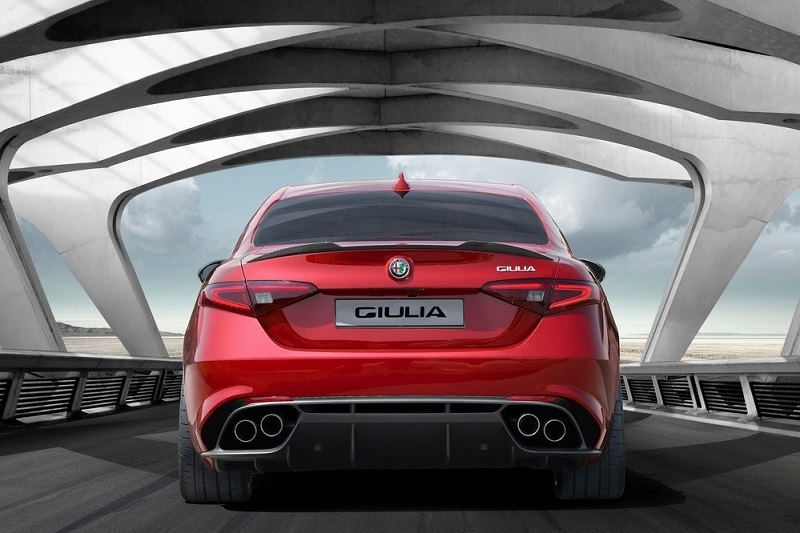Set to compete in today’s well-established realm of luxury sport sedans, the Giulia melds Alfa Romeo’s rich heritage with modern engineering, marking a return to form.
Though Alfa Romeo’s recent offerings have always had design bravado over the competition, the cars produced lacked true sporting credentials to back up the firm’s illustrious racing history and penchant for interesting technical solutions. In 2013 Alfa Romeo returned to its roots with the 4C Coupe, a lightweight sports car that roused the attention of purists worldwide. Building on that momentum, the Giulia was unveiled at this year’s Frankfurt Motor Show and is the first piece of a 5 billion Euro puzzle to reinvigorate the firm.
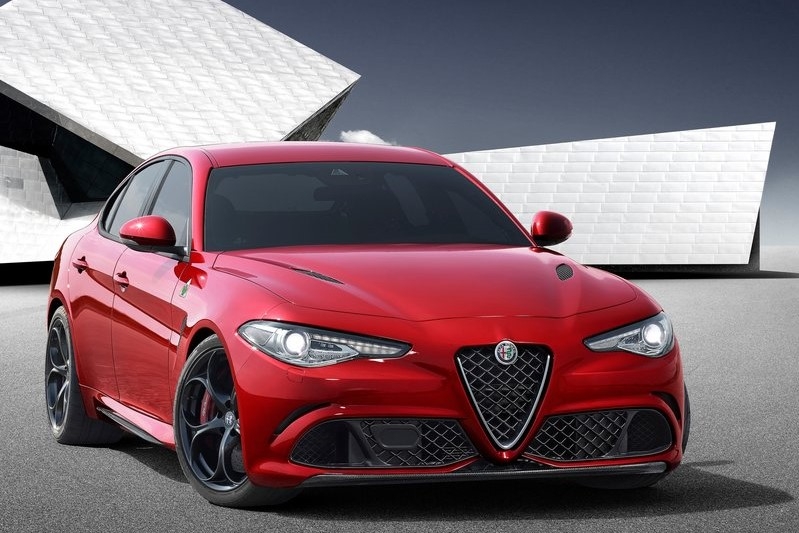
A company cannot survive on building niche sports cars alone; hence the Giulia wades into arguably the most hotly contested segment in the industry, butting heads with BMW’s 3 Series and Jaguar’s XE. First impressions are strong, with the Giulia sporting a long hood, short deck profile that can only come from a rear wheel drive architecture. A long wheelbase helps ensure an even 50/50 weight balance and carries a profile sporting the trademark Trefoil nose, voluptuous lines and narrow, angular tail-lights that give a distinctive look. The drive layout and weight balance hark back to the Giulia’s spiritual forefather, the 75/Milano, which was the high point of dynamics before Alfa went to the dark side with nose heavy, front wheel drive cars.
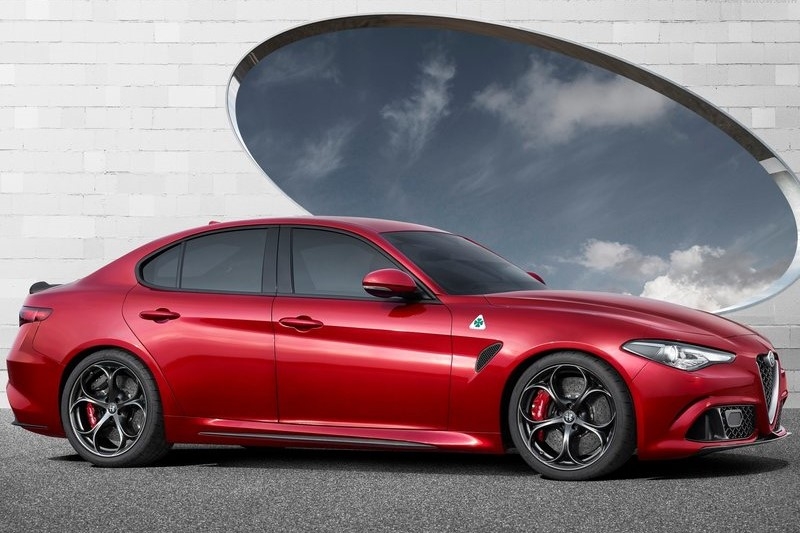
From its gestation the Giulia was developed by a “Skunkworks” team, with specialists poached from different departments led by Philippe Krief, whose CV includes the Ferrari 458 Speciale. Hence it comes as no surprise that the Giulia has a suspension setup similar to a Ferrari, sporting a double-wishbone setup with a virtual steering axis up front and a multi-link system in the rear, fully wrought from aluminium and said to provide an ideal tire contact patch with quick, accurate steering. We have no reason to disbelieve those claims given the high performance Quadrifoglio variant mustered a F430-rivalling 7 min 39 sec lap time around the Nürburgring.
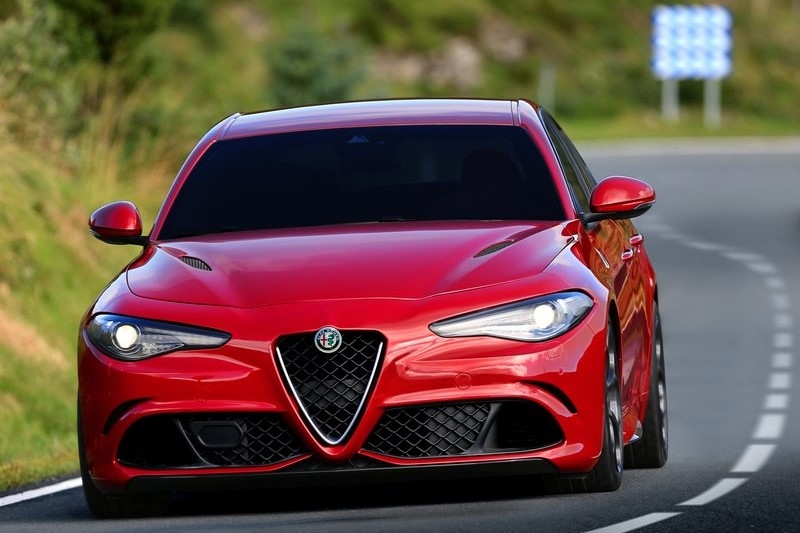
The Skunkworks approach also allows interesting technology to be implemented quickly, with the Giulia offering an aluminium intensive structure while the Quadrifoglio version has carbonfibre lavished on the bonnet, roof, boot and drive-shaft to deliver what Alfa claims is the best power to weight ratio in its class. The Quadrifoglio is also equipped with a variable differential that constantly vectors torque, capable of sending as much as 100% of the force available to either rear wheel for ideal handling.
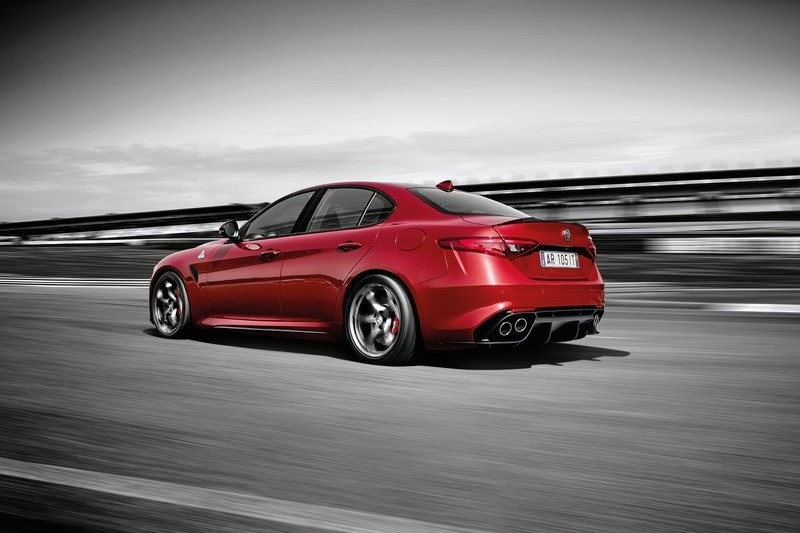
Engine choices for the Giulia have yet to be locked down, but a range of four and six cylinder versions of petrol and diesel engines will be offered, all offering turbocharged power. While the diesel will be the volume seller for the affluent sales-rep, the Quadrifoglio’s Ferrari inspired twin-turbo V6 grabs headlines with 510 horsepower on tap. Alfa promises a linear, lag free powerband with a sonorous soundtrack. If this mill sounds even half as good as the "Busso" V6's of Alfas past, we'll be onto a winner here, especially given the fact that some of the Giulia's competitors have come under fire for over-synthesized soundtracks. Power gets sent to either a 6-speed manual or a yet-unconfirmed automatic gearbox.
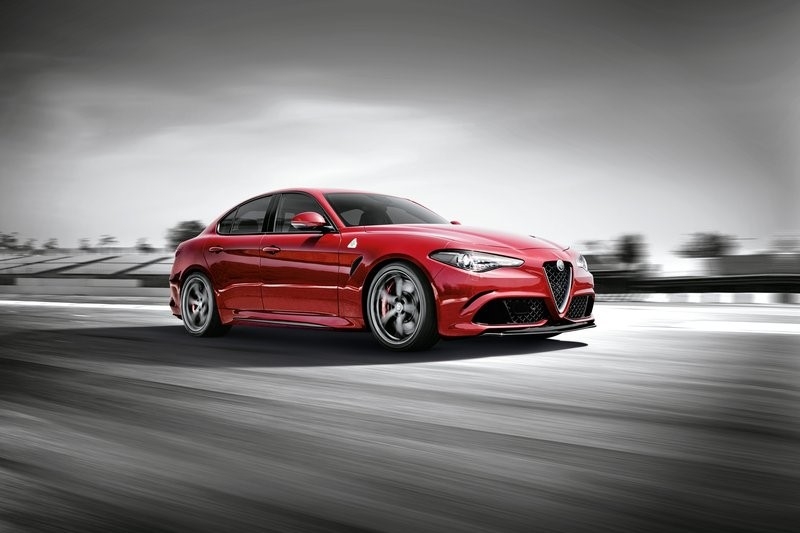
Step into the Giulia and you're greeted by a driver-focused cabin, with a swooping dashboard canted towards the driver and gauges set inside it in typical Alfa fashion. However cabin quality is a step up from past models, with stitched leather and lacquered carbon-fiber fillets that will please even the most demanding Italian count. The cockpit also debuts Alfa Romeo's revised DNA mode selector, now mounted on the steering wheel. Much like competitors it can alter powertrain response and suspension settings in response to what mode is selected.
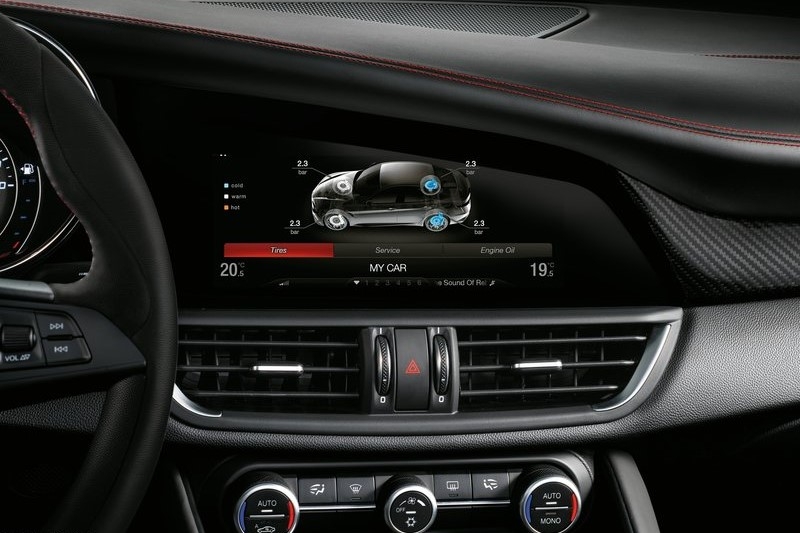
If one judged a car purchase solely with their heart instead of their head, an Alfa Romeo would be the only one in the running. However the new Giulia not only possesses Italian charm, but technical competence imbued by some of the best engineers in the Fiat Chrysler Group. Something tells me in the next few years Alfa Romeo will be a company to watch, and the Guilia, the model to have.
